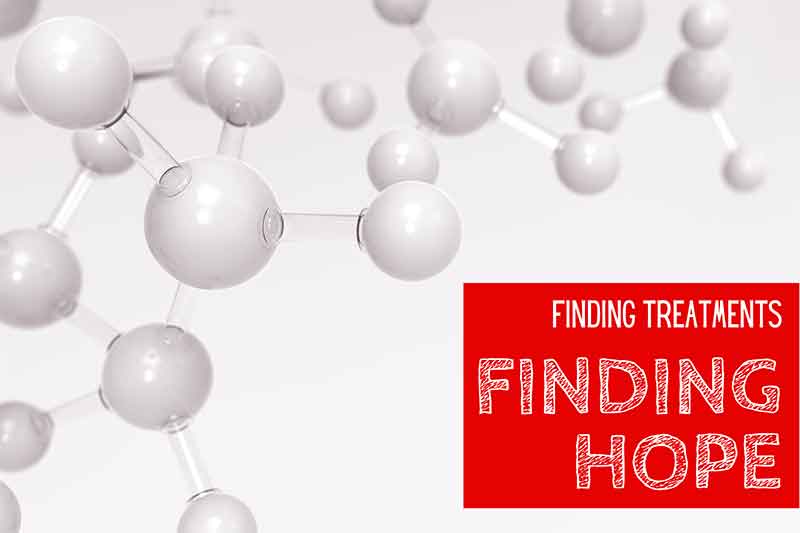
Pinpointing Answers for Children with Rare Childhood Conditions

From common childhood illnesses, such as chickenpox, to ongoing pediatric conditions, such as asthma, no parent wants to see their child suffer. The good news is that there’s a prescribed path to wellness with common illnesses, or at least, effective medication that can alleviate pain or shorten the duration of the disease. But for parents of children with rare disorders, the road to health can be filled with endless testing and uncertainty.
There are, however, glimmers of hope and great strides continue to be made by the dedicated doctors and researchers at TGen’s Center for Rare Childhood Disorders, also known as the Center, using genome testing.
While human genome sequencing is not new, advances in technologies have led to whole-genome (WGS) and whole-exome sequencing (WES). It enables the Center’s doctors and scientists to view the complete genetic code of a person’s DNA, which offers the most comprehensive observation and analysis of a disease’s potential genetic origins. It can provide possible genetic causes or at least better insight into a condition.
There are limitations to WGS and WES. While these advancements have made genome testing a powerful diagnostic tool, it isn’t the answer to all childhood disorders. At this time, it doesn’t detect all mutations, and it can be quite expensive. However, in many cases, identifying the genetic origins can help doctors determine treatments, and simply knowing the cause can be empowering. The Center currently has a diagnostic rate of over 40 percent, and breakthroughs continue to happen.
A New Collaboration Offers More Hope
A recent collaboration between TGen and Illumina will augment the Center’s sequencing capabilities providing more answers for more families. In addition, using improved whole-genome sequencing has the potential to reveal new information to families who have already been tested. In other words, so-called cold case files can be examined again, offering renewed hope.
One example that highlights how continued research can benefit old cases is the story of Alex Yiu, a patient at the Center. No cause could be identified for his sudden deterioration from a healthy, active child to a teen who can’t walk or talk and is dependent on a non-invasive ventilator to breathe, despite the Center’s diligent testing and research.
In searching for information for another patient, Keri Ramsey, a nurse and Clinical Co-Director at the Center, serendipitously came across a variant previously missed in Alex’s file. After 12 long years of searching, she realized that Alex had the same mutation, and his family finally had a diagnosis.
The Work Continues
Advances in technologies, collaborations, and continued research promise unfolding answers. The conditions and treatments can be complex; you can access information to help you unpack complicated facts and material.
Through the generosity of donors, the Center provides genomic testing for families at no charge and continues its work to provide solutions and cures to families and their children.
There are so many ways you can help. Whether you make a cash donation, participate in a fundraising event, donate gifts of stock or securities, your donation will enable the Center to continue its groundbreaking research leading to discoveries that mean a better future for children with rare childhood conditions. Even simply sharing the message with friends, family, and associates can help.